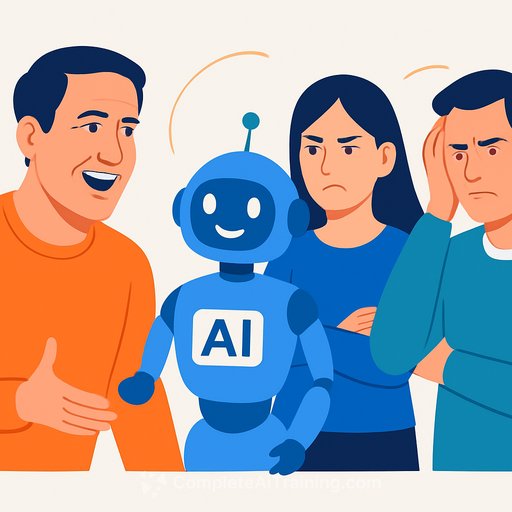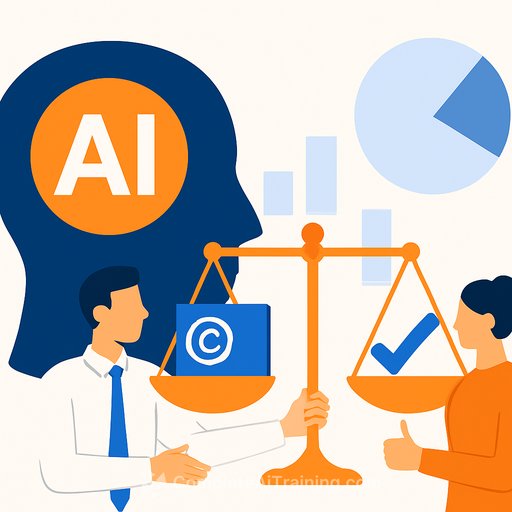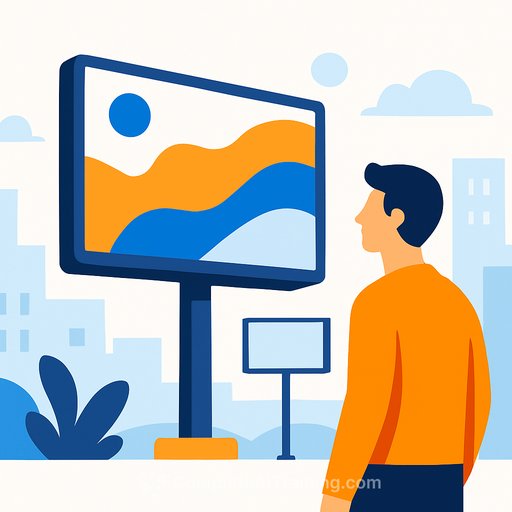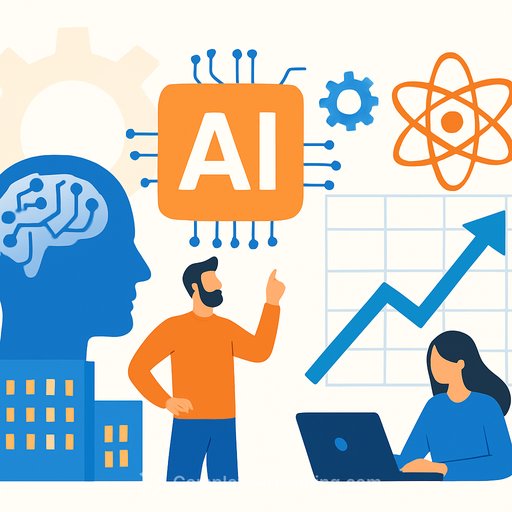The creative cost of AI in music
Music is a human shortcut to truth-four minutes that say what we can't. When AI steps in as the artist, that shortcut breaks. The signal gets cleaner, the feeling gets lost. That's the cost nobody wants to pay.
When an avatar tops the chart, what gets left behind?
In early November, an AI-fronted R&B act hit Billboard's Radio Chart. There's a person behind the avatar, but the music itself is generated-smoothed, synthesized, and optimized. It may perform like a song, but it doesn't live like one.
This isn't about gatekeeping tools. It's about protecting the one thing that actually connects: lived experience translated into sound. If we replace that with output, we sever a piece of human connection.
Why "AI music" feels empty (and why that matters)
Great songs carry scars: grief, heartbreak, awkward honesty. That imprint is the difference between a track that trends and a song that stays. AI can approximate patterns, but it can't experience the thing it's trying to express.
At scale, that shifts the industry from expression to imitation. Over time, it numbs taste, floods feeds, and turns listeners into skim-readers of sound.
Style mimicry isn't creativity
Most AI systems learn by ingesting existing work, then spitting out convincing blends. That's closer to collage than composition. Useful for reference, sure. Creative? No.
There's also a legal cloud over authorship and originality that hasn't cleared. If you care about protecting your work, watch the evolving guidance from the U.S. Copyright Office: copyright.gov/ai.
The market incentive problem
AI can generate a radio-ready demo in minutes. Humans can't compete on speed or cost. Labels and playlists optimize for volume and margin, not meaning.
For emerging artists, that creates a brutal squeeze: less budget, shorter timelines, and a feed full of synthetic competition. Talent doesn't lose to tech-time and money do.
What creatives can do right now
- Make what AI can't: lean into lived experience, vulnerability, imperfect takes, and moments that don't quantize cleanly. Keep the human fingerprints.
- Build a sonic signature: unique field recordings, recurring motifs, custom sound design. Create texture an imitator can't easily reproduce.
- Show your process: behind-the-scenes clips, drafts, voice memos, rehearsal footage. Process is proof of humanity-and fans value it.
- Own your channels: newsletter, SMS, Discord, direct sales (Bandcamp, Patreon). Distribution you control is your insurance.
- Document and protect: register your works, use split sheets, and adopt provenance standards (C2PA/CAI) for credits and media metadata. See the Content Authenticity Initiative: contentauthenticity.org.
- Use AI as an assistant, not the artist: reference, arrangement help, admin tasks-fine. The core writing and performance should be yours. Credit any assistive use.
- Monetize beyond the track: instrumentals, stems, sample packs, live sessions, workshops, limited drops. More touchpoints, less platform risk.
- Build community, not just audience: collaborations, writing camps, creative collectives. Human networks outlast algorithm shifts.
The line worth defending
AI can speed up workflow. It shouldn't replace the human at the mic. If we let output beat honesty, we're left with charts full of songs nobody remembers a year later.
Protect the craft. Keep the soul in the loop. Create like your work is the last human thing someone hears today-because for someone, it might be.
Skill up without giving up your voice
If you want to understand the tools while guarding your originality, explore practical trainings built for working pros: AI courses by job. Learn where AI helps-and where to draw the line.
Your membership also unlocks:






